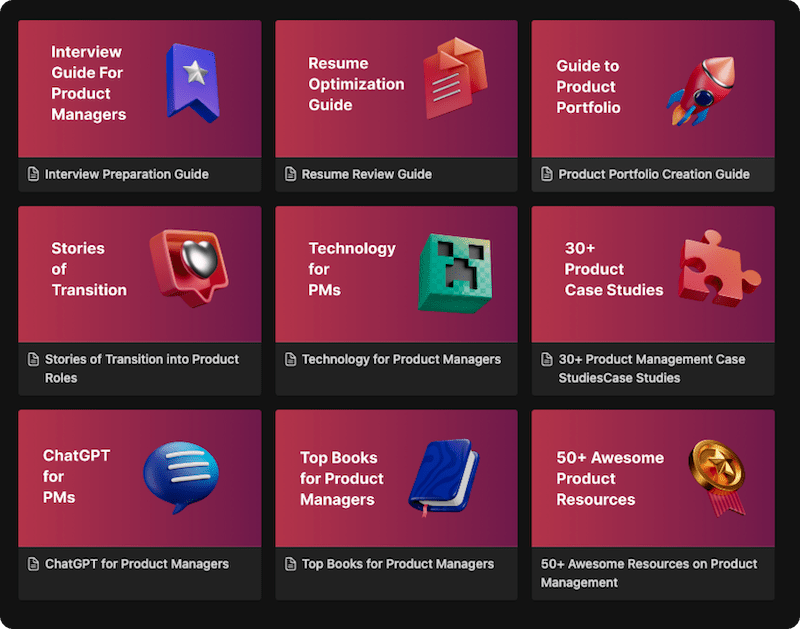Product Roadmap
In the world of product management, a well-crafted product roadmap is an indispensable tool for steering the course toward success. A product roadmap serves as a strategic blueprint that outlines the vision, direction, and timeline for a product’s development. In this article, we will delve into the concept of a product roadmap, its definition, key principles, implementation process, and the invaluable benefits it brings to product managers and their teams.
A product roadmap is a visual representation of a product’s strategic plan and evolution over time. It communicates the product vision, goals, and major milestones, helping align stakeholders and guiding the entire product development process.
Key Principles
- Clear Product Vision: At the heart of a product roadmap lies a clear and compelling product vision. Product managers must articulate the purpose and value of the product, ensuring that the team and stakeholders share a common understanding of the desired outcome.
- Prioritization and Focus: An effective product roadmap prioritizes features and initiatives based on their strategic importance and potential impact. It helps product managers make informed decisions about what to include in the product and what to defer or discard.
- Flexibility and Adaptability: Product roadmaps are not set in stone. They are dynamic documents that evolve as the product, market, and customer needs change. Being flexible and open to adjustments is crucial for responding to unforeseen challenges and opportunities.
Implementation Process:
- Market Research and User Insights: Product managers begin by conducting market research and gathering user insights. This helps them understand market trends, customer preferences, and pain points, which inform the product strategy.
- Define Goals and Objectives: With a clear understanding of the market and user needs, product managers set specific and measurable goals for the product. These goals become the guiding North Star for the roadmap.
- Prioritize Features and Initiatives: Product managers work closely with cross-functional teams to prioritize features and initiatives based on the defined goals and strategic objectives. This ensures that resources are allocated to the most impactful endeavors.
Real-World Examples
- Tesla: Tesla’s product roadmap is well-known for its ambitious vision of transforming the automotive industry with electric vehicles and renewable energy solutions. Their roadmap outlines the sequential introduction of new models and features to achieve their long-term goals.
- Spotify: Spotify’s product roadmap revolves around continuous improvements to its music streaming platform. By prioritizing user feedback and market trends, they introduce new features and optimize existing ones to enhance user experience continually.
Takeaways
A product roadmap is an essential tool for product managers, providing a clear direction for product development while fostering alignment and communication among stakeholders. By adhering to the key principles and implementing it effectively, product managers can steer their teams towards delivering successful and customer-centric products. So, whether you’re launching a new product or enhancing an existing one, a well-crafted product roadmap is your navigational guide to success.


